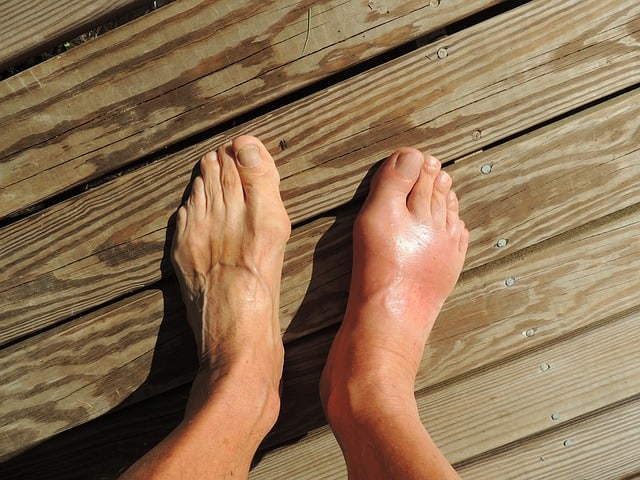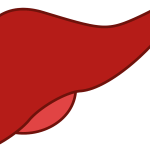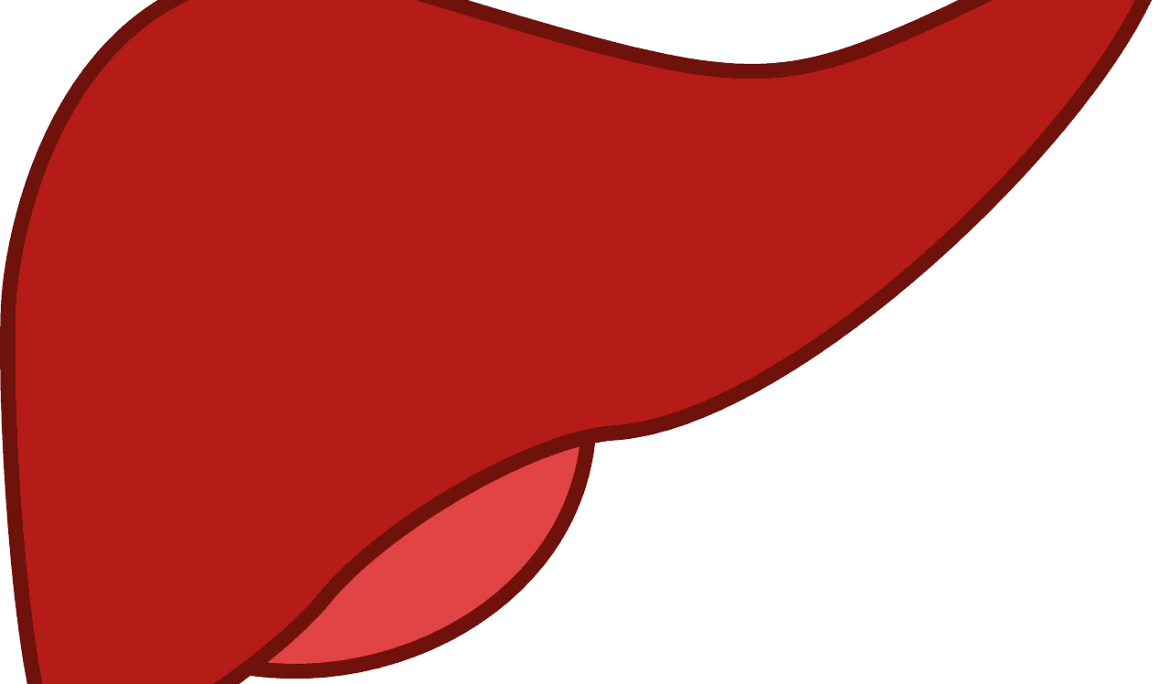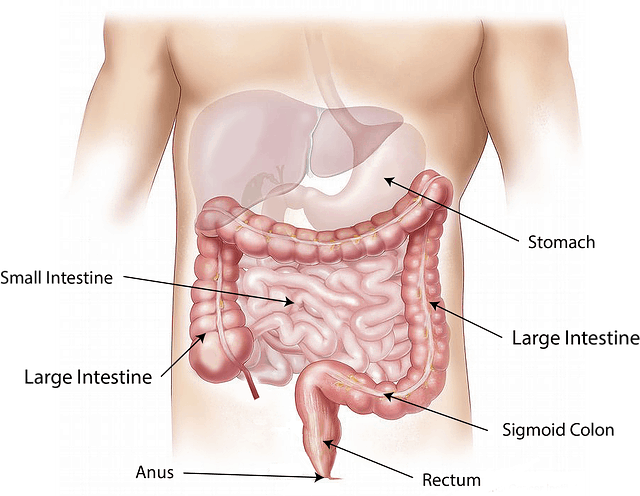GOUT is a form of arthritis caused by excess uric acid in the bloodstream. The symptoms of gout are due to formation of uric acid crystals in the joints and the body’s response to them. Gout most classically affects the joint in the base of the big toe.
Gout occurs when urate crystals accumulate in your joint, causing the inflammation and intense pain of a gout attack. Urate crystals can form when you have high levels of uric acid in your blood. Your body produces uric acid when it breaks down purines-substances that are found naturally in your body. Purines are also found in certain foods such as steak, organ meats and seafood. Other food also promotes higher levels of uric acid such as alcoholic beverages, especially beer and drinks sweetened with fruit sugar (fructose).
Normally, uric acid dissolves in your blood and passes through your kidneys into your urine. But sometimes either your body produces too much uric acid, or your kidneys excrete too little uric acid. When this happens, uric acid can build up, forming sharp, needle like urate crystals in a joint or surrounding tissue that cause pain, inflammation and swelling.
You are more likely to develop gout if you have high levels of uric acid in your body. Factors that increase the uric acid level in your body include, eating a diet rich in meat and seafood and drinking beverages such as beer. If you are overweight your body produces more uric acid and your kidneys have more difficulty in eliminating uric acid. Certain diseases such as untreated high blood pressure, chronic conditions such as diabetes, metabolic syndrome, heart and kidney diseases increase your risk of gout.
Medications such as thiazide diuretics and low dose aspirin can also increase uric acid levels. If other members of your family have had gout, you’re more likely to develop the disease. Gout occurs more often in men primarily because women tend to have lower uric acid levels.
The signs and symptoms of gout almost always occur suddenly and often at night. Gout usually affects the large joint of your big toe although it can occur in any joint. The pain is likely to be most severe within the first four to 12 hours after the pain subsides. The affected joint or joints become swollen, tender warm and red. As gout progresses, you may not be able to move your joint normally.
People with gout can develop more severe conditions such as recurrent gout resulting in erosion and destruction of a joint or joints. Untreated gout may cause deposit of urate crystals to form under the skin in nodules called tophi. Tophi can develop in several areas such as your fingers, hands, feet, elbows or Achilles tendons along the back of your ankles. Tophi usually aren’t painful, but they can become swollen and tender during gout attacks. Urate crystals may collect in the urinary tract of people with gout, causing kidney stones.
Dr. Makemba Shayela Nelson – MBChB – University of Kwazulu-Natal, Durban, South Africa. Nesha Medical Practice
Source: Confidente










